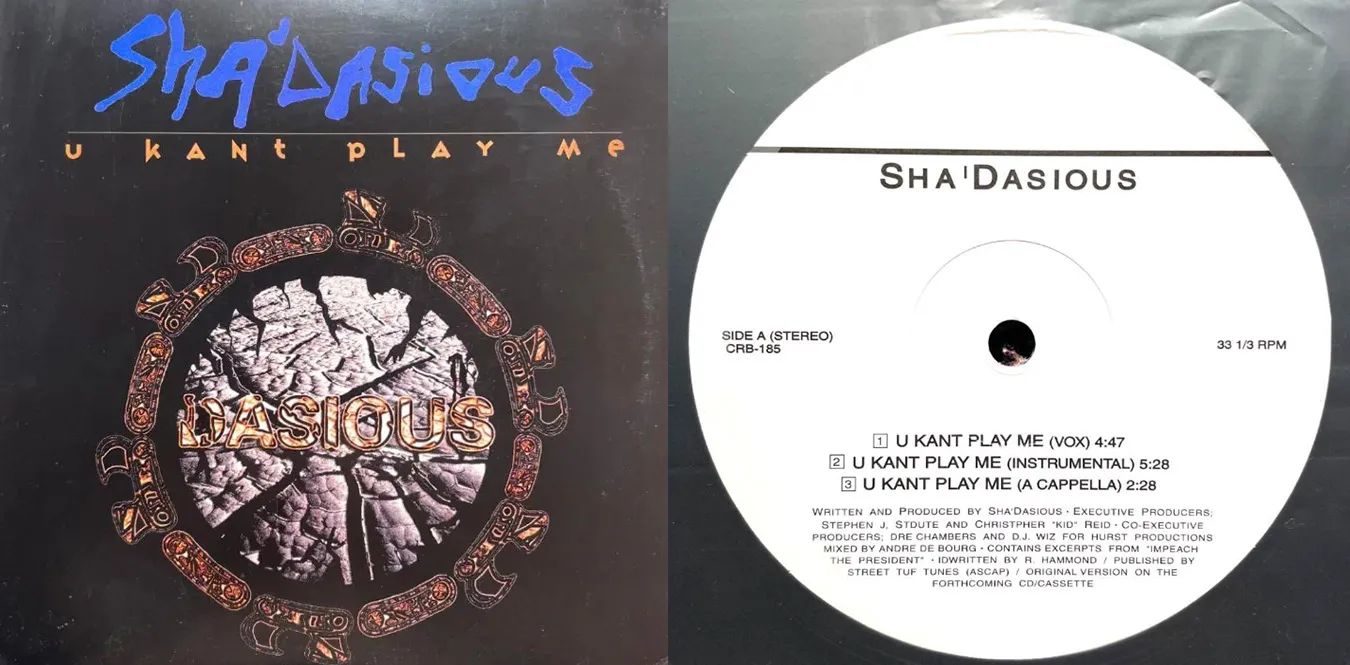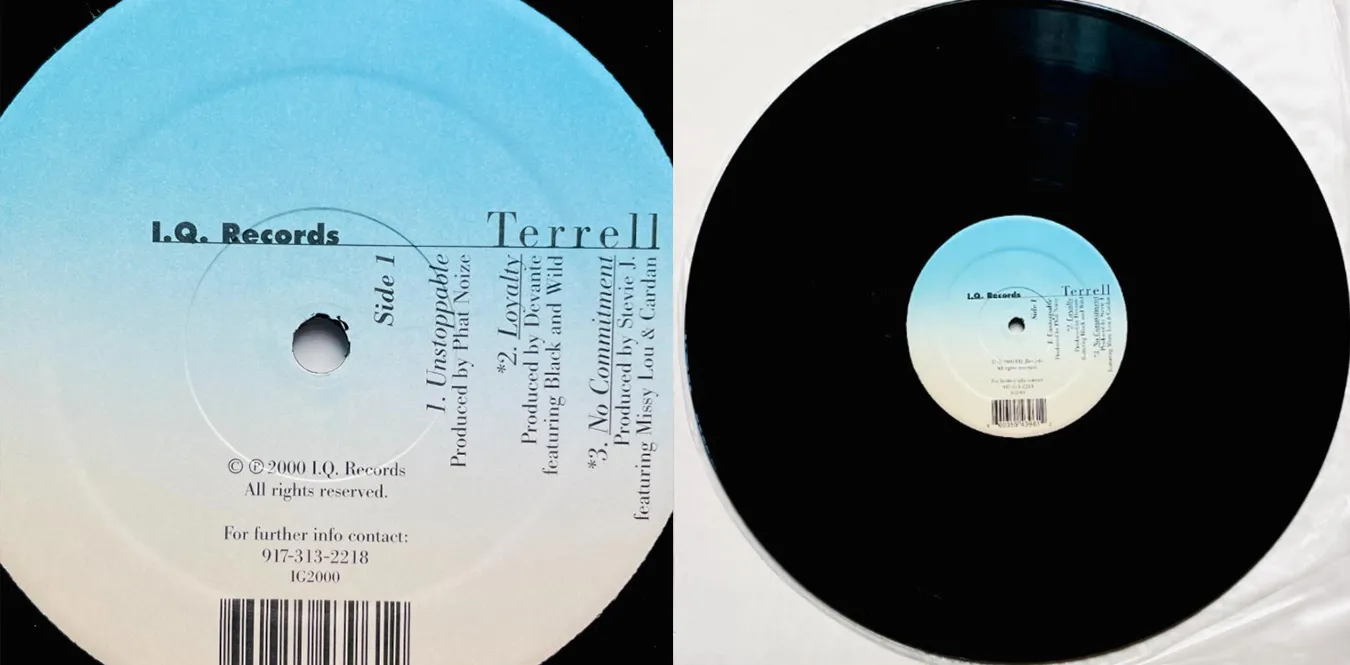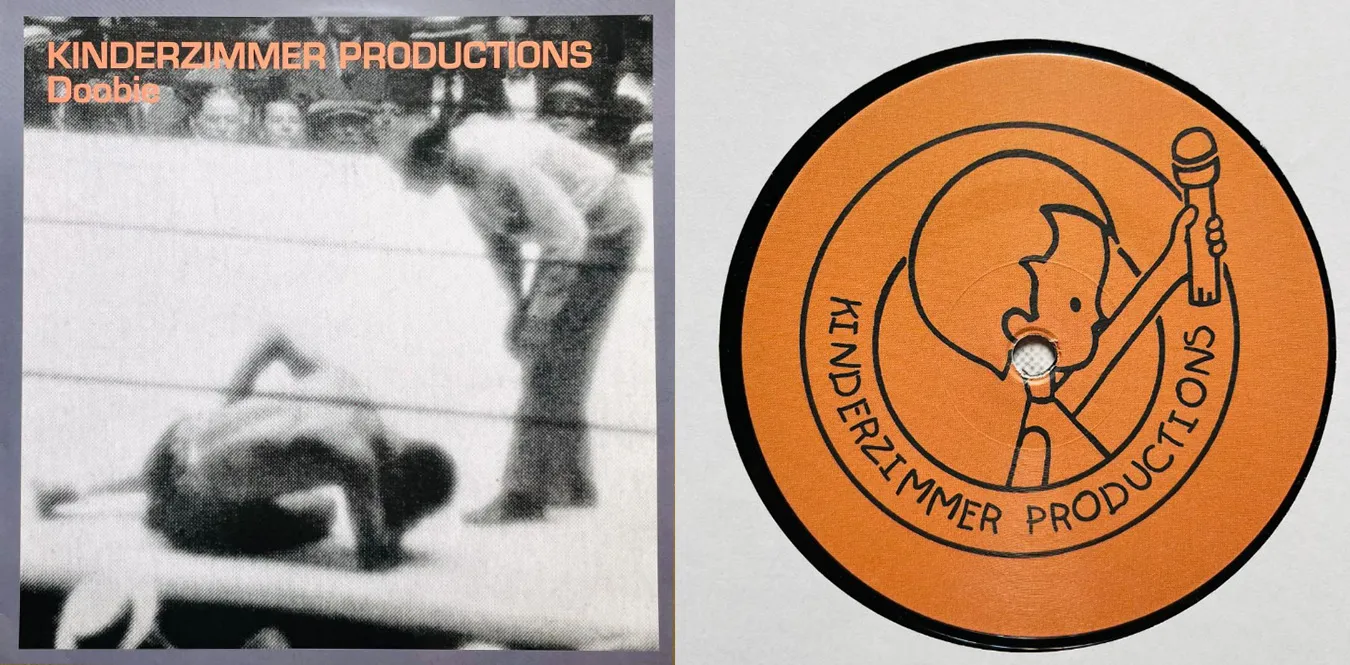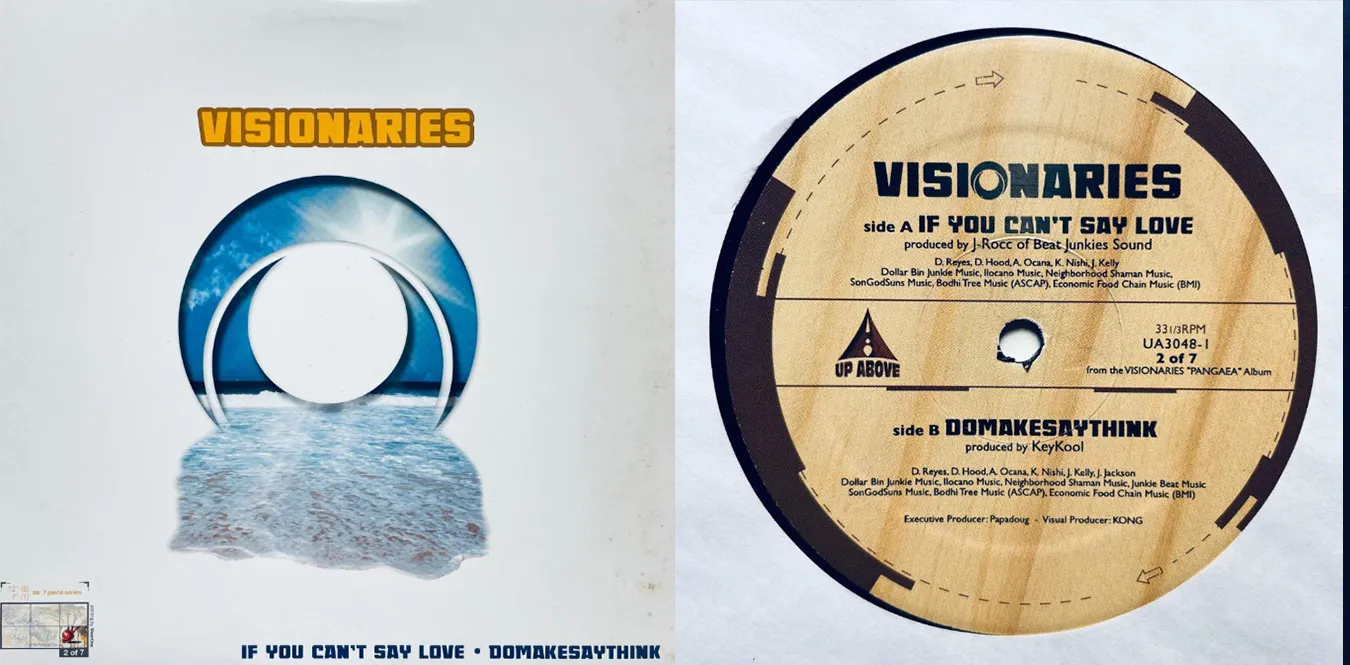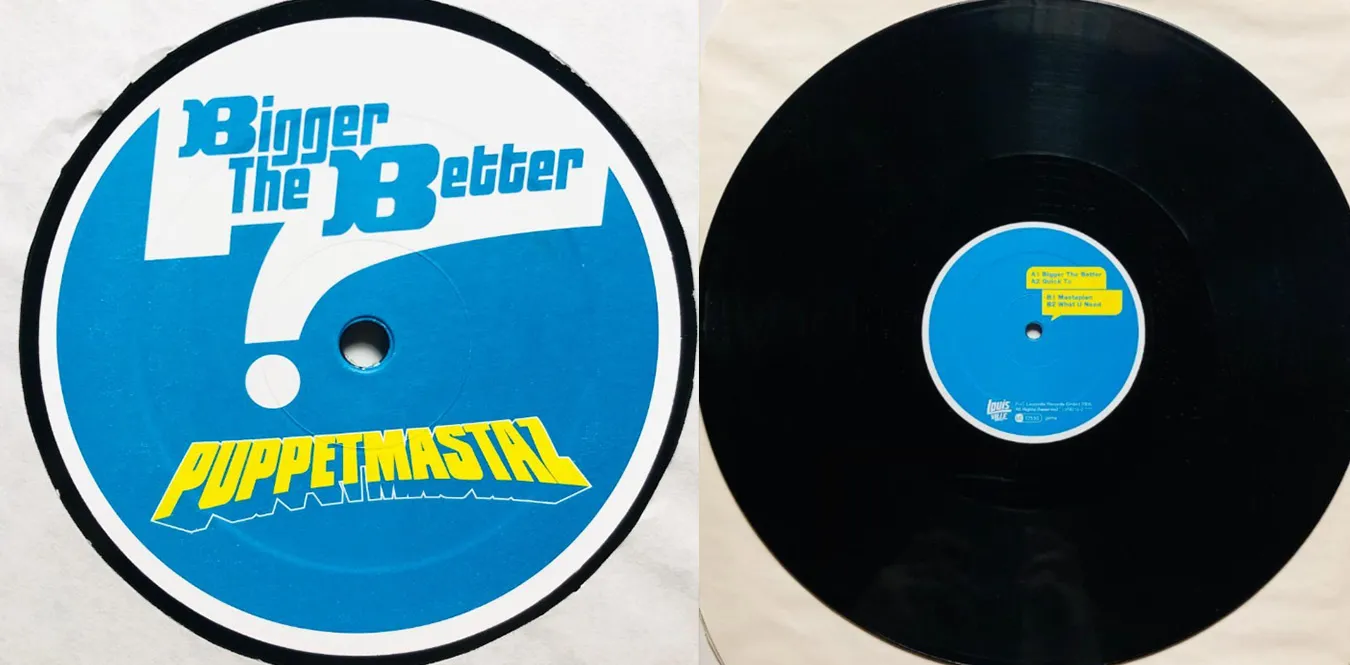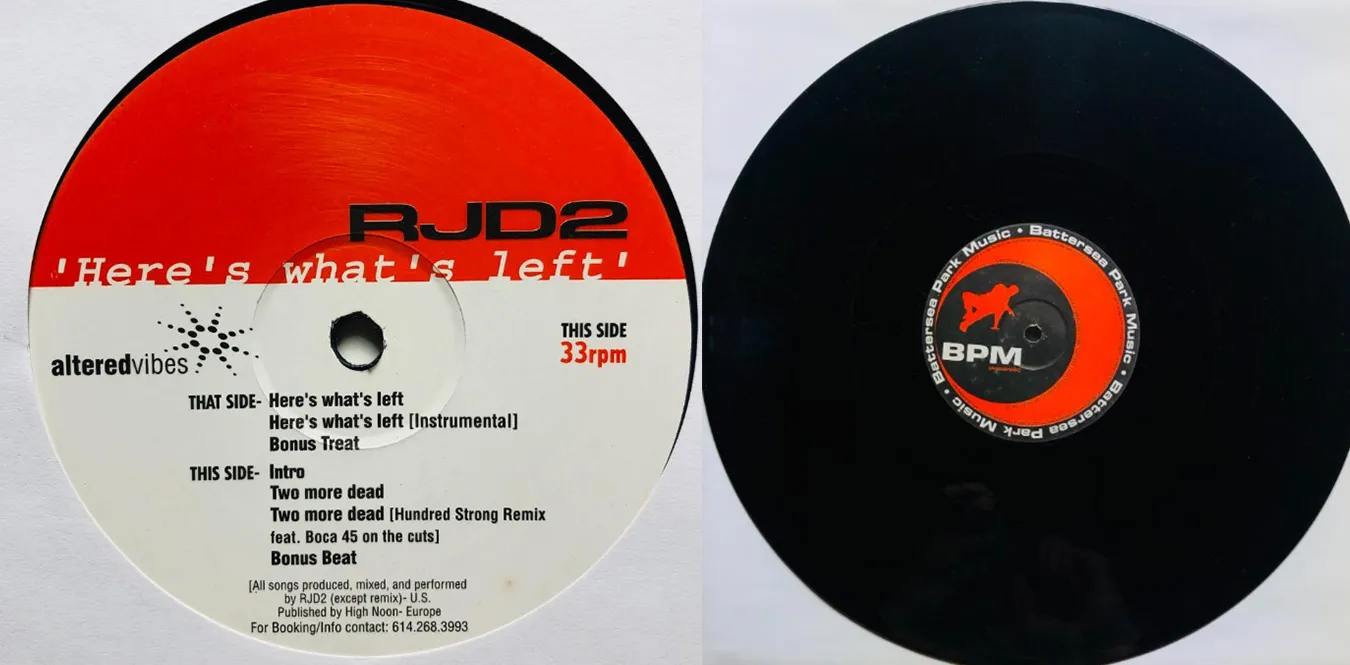![[Column] Overview of West Coast hip-hop — from its origins to the underground](/../assets/images/column-westcoast-hiphop-history.webp)
West Coast hip-hop was born out of Los Angeles street culture in the late 1970s.
Text: mmr|Theme: From the birth of West Coast hip-hop to the present, producers, labels, East-West conflict, masterpieces, visual expression, and fashion changes
West Coast hip-hop began with block party and funk-derived beats, and while expanding into mainstream music, it has always incorporated underground creativity. This article summarizes changes in major figures, producers, labels, visual aesthetics, and fashion by era, as well as academic references and discography.
1970s-1980s: Origins and early innovations
- Representative producer: Egyptian Lover, early Dr. Dre (World Class Wreckin” Cru period)
- Major labels: Priority Records, Ruthless Records (late)
- Cultural background: There is a strong connection between the streets of Los Angeles and the gang society (Crips, Bloods), and expressions that emphasize realism were born.
- Video/Fashion: Mainly low-budget MVs. Kangol, Adidas, and local sneakers are the basic styles.
Recommended albums
| Album | Artist | Amazon link | Recommended points |
|---|---|---|---|
| Rhyme Pays (1987) | Ice‑T | Amazon | An important work that laid the foundation for gangsta rap |
| Straight Outta Compton (1988) | N.W.A | Amazon | A controversial work that shook society. Icon of the West Coast |
| On the Nile (1984) | The Egyptian Lover | Amazon | An outstanding fusion of electro and rap |
1990s: The Golden Age and the Heyday of G‑Funk
- Representative producers: Dr. Dre, DJ Quik, Battlecat
- Major labels: Death Row Records, Priority, Ruthless
- Cultural context: G-Funk was closely associated with lowrider and car culture, with its 70s funk sampling and thick synth bass.
- East-West Conflict: The conflict between East Coast and West Coast intensifies, leading to the tragedy of 2Pac and The Notorious B.I.G.
- Video/Fashion: MVs featuring lowriders, beaches, and the streets of South Central are becoming popular. Dickies, Chuck Taylor, and bandanas are iconic.
Recommended album (excerpt)
| Album | Artist | Amazon link | Recommended points |
|---|---|---|---|
| The Chronic (1992) | Dr. Dre | Amazon | The monument that established G-Funk |
| Doggystyle (1993) | Snoop Doggy Dogg | Amazon | A masterpiece that spread the West Coast to the world with its smooth flow |
| All Eyez on Me (1996) | 2Pac | Amazon | A masterpiece of a double album. 2Pac’s masterpiece |
2000s: The rebirth of independent and underground
- Representative producers: Madlib, Daz Dillinger, Battlecat
- Major labels: Stones Throw, Aftermath
- Cultural Background: Mainstream G‑Funk is weakening, and LA underground bands like Project Blowed and Freestyle Fellowship are gaining attention. The Bay Area Hyphy movement also occurred.
- Video/Fashion: Skate, graffiti, and jazz club-like visual expressions are increasing, and street brands such as Supreme and BAPE are becoming popular.
Recommended album (excerpt)
| Album | Artist | Amazon link | Recommended points |
|---|---|---|---|
| Madvillainy (2004) | Madvillain | Amazon | An underground masterpiece that combines experimentation and perfection |
| The Documentary (2005) | The Game | Amazon | A revival that feels like a successor to Dr. Dre |
2010s-present: Diversification and global influence
- Representative producers: DJ Mustard, Hit‑Boy, Flying Lotus
- Major labels: Top Dawg Entertainment (TDE), Stones Throw
- Cultural background: With the appearance of Kendrick Lamar and others, the expression “conscious” has been revived. The Internet and SNS are accelerating the distribution of music and fashion, increasing their global influence.
- Video/Fashion: The music video is cinematic and has a strong message, and the fashion is a fusion of high brand and streetwear (Gucci, Off-White, Supreme, etc.).
Recommended album (excerpt)
| Album | Artist | Amazon link | Recommended points |
|---|---|---|---|
| good kid, m.A.A.d city (2012) | Kendrick Lamar | Amazon | Structure and narrative like a cinematic epic |
| To Pimp a Butterfly (2015) | Kendrick Lamar | Amazon | Fusion of jazz/funk and social criticism |
Movie list
| Movie title | Year | Amazon link |
|---|---|---|
| Boyz n the Hood | 1991 | Amazon |
| Menace II Society | 1993 | Amazon |
| Above the Rim | 1994 | Amazon |
| Straight Outta Compton | 2015 | Amazon |
| All Eyez on Me | 2017 | Amazon |
References/further reading
- Jeff Chang “Can”t Stop Won”t Stop: A History of the Hip‑Hop Generation”
- Eithne Quinn “Nuthin” but a “G” Thang: The Culture and Commerce of Gangsta Rap”
- Cheryl Keyes “Rap Music and Street Consciousness”
- “The Source” “XXL” “OG Magazine” archive articles (selected)
Representative discography (excerpt)
N.W.A
| Album | Amazon link |
|---|---|
| Straight Outta Compton (1988) | Amazon |
| Efil4zaggin (1991) | Amazon |
Dr. Dre
| Album | Amazon link |
|---|---|
| The Chronic (1992) | Amazon |
| 2001 (1999) | Amazon |
2Pac
| Album | Amazon link |
|---|---|
| Me Against the World (1995) | Amazon |
| All Eyez on Me (1996) | Amazon |
Fashion changes by generation
Below is a Mermaid format horizontal and vertical table that can be embedded in a Jekyll article. If you post it on your blog, you can visually check the changes in fashion over the years.
summary
West Coast hip-hop was born from the street culture of Los Angeles in the late 1970s, and through the rise of gangsta rap and G-Funk in the 1980s and 1990s, it grew into a global music trend. Low-budget music videos, unique fashion styles, and ties to lowrider culture created an authentic expression of the West Coast.
Since the 2000s, diversity has expanded with the success of independent underground acts such as Madlib and The Game. In addition, Kendrick Lamar and other artists with global influence who make full use of SNS and the Internet have appeared, and their songs and visual expressions containing conscious messages are forming a new trend in West Coast hip-hop.
More than just a music genre, the region’s hip-hop continues to influence social messages, fashion, film, and culture as a whole, and continues to inspire artists and fans around the world.
Related columns
🔗 [Column] East Coast Hip Hop History — From the Bronx to Brooklyn and the World”
🔗 [Column] History of US Hip Hop: Overall picture including regions, clubs, media, and equipment

![[Column] DMX: Howling Soul - Between violence and prayer](/../assets/images/column-dmx.webp)
![[Column] A brief history of East Coast hip-hop — from the Bronx to Brooklyn to the world](/../assets/images/column-eastcoast-hiphop-history.webp)
![[Column] Deep dive into trip hop: Massive Attack / Portishead / DJ Shadow / DJ Krush](/../assets/images/column-triphop.webp)
